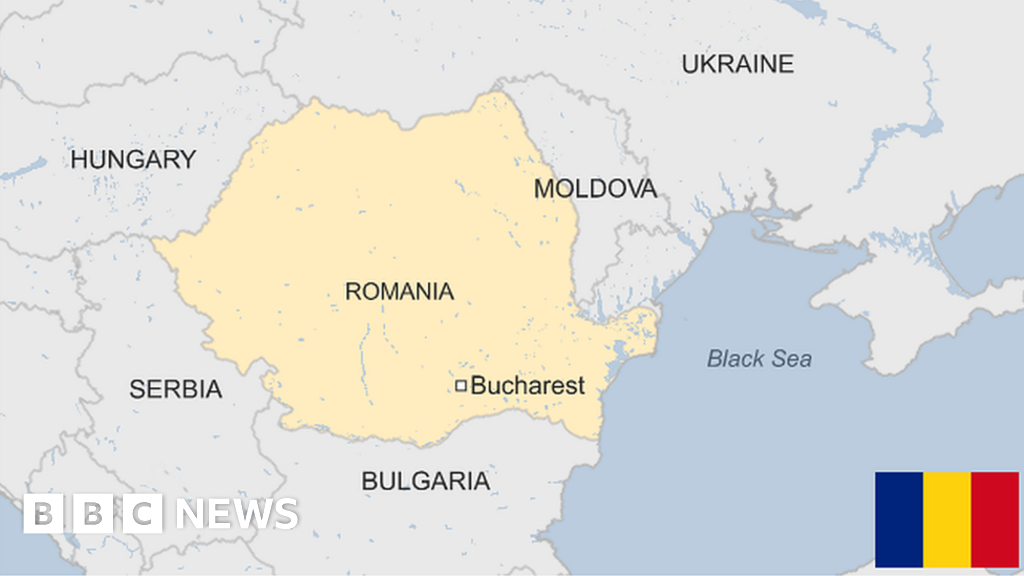Some key dates in Romania’s history:
1859 – Prince Alexandru Ioan Cuza is proclaimed prince of Moldavia and Wallachia.
1862 – The union of the two Danubian principalities is consolidated into a new state – Romania. Prince Cuza launches an ambitious policy of reform.
1877-1878 – Romania wins full independence from the Ottoman Empire by siding with Russia in the Russo-Turkish War. It also acquires a coastline on the Danube delta.
1916 – Romania joins the Allied side in World War One.
1918 – As part of the peace settlement at the end of the war, Romania virtually doubles in size and population.
1941-1944 – Romania fights on German side against Soviet Union, then switches sides as Soviet forces close in.
1945 – Soviet-backed government installed.
1965 – Nicolae Ceausescu becomes Communist Party leader. He pursues foreign policy that often runs counter to Moscow’s lead, while increasing repressive rule and personality cult at home.
1989 – Bloody national uprising, Nicolae Ceausescu and his wife Elena are executed. National Salvation Front government formed by former Ceausescu ally Ion Iliescu.
2004 – Romania admitted to Nato.
2007 – Romania and Bulgaria join the European Union.
2015 – Prime Minister Victor Ponta resigns after massive anti-corruption protests following deaths of 64 people in the Colectiv nightclub fire in Bucharest.
2022 – EU interior ministers accept Croatia into the 26-nation, border-free Schengen zone, but reject Romania and Bulgaria amid concerns that both are soft on illegal migration.
2024 – Bulgaria and Romania join the EU’s Schengen zone for air and sea travel.
Source link : https://www.bbc.com/news/world-europe-17776265
Author :
Publish date : 2024-07-09 07:00:00
Copyright for syndicated content belongs to the linked Source.
